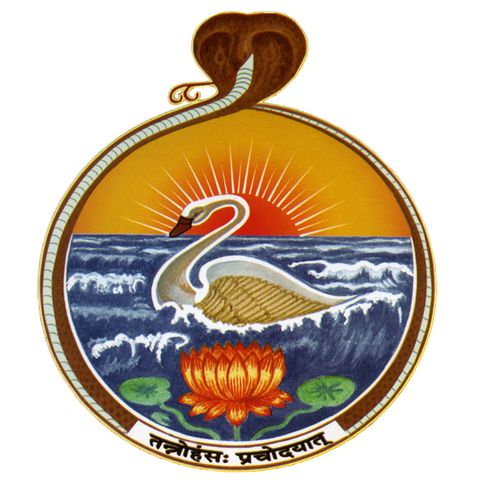Hymns from the Vedas I | Swami Tattwamayananda

Descarga y escucha en cualquier lugar
Descarga tus episodios favoritos y disfrútalos, ¡dondequiera que estés! Regístrate o inicia sesión ahora para acceder a la escucha sin conexión.
Descripción
This is the first lecture by Swami Tattwamayananda from a three-part lecture series on the essence of Vedic philosophy. It was delivered on January 21, 2018 at the Vedanta Society...
mostra másSwami Tattwamayananda discusses the following topics:
-The Vedas are scriptures for the whole of humanity, not for a particular religion. Vedic truths can be revealed to anyone who undertakes an inner spiritual journey. Truths that are revealed represent different levels of our evolution, which everyone should and can reach.
-Swami Tattwamayananda cites the examples of several Western thinkers and philosophers, who belonged to different religions, but whose lives were transformed when they came in contact with the Vedas.
-The Vedic concept of God is first discussed in negation: God does not have to be kept happy, does not have to be defended, does not sit in heaven, does not impose dos and don'ts, does not divide mankind into believers and non-believers.
-Max Müller’s five stages of the evolution of Godhead are discussed:
-Pantheism: God is equated with external world.
-Panentheism: God is the spirit within the external world.
-Polytheism: Behind every natural phenomenon, there is a divine power that regulates it.
-Henotheism: A particular deity is elevated to the status of almighty God. Example: Indra or Agni.
-Monotheism: God is the creator of the universe, supervises it and answers prayers.
-The Vedic concept of God transcends all these five stages. God is the divine reality that is present in all of us and the same God is present everywhere, and is the essence of all creation.
-The 3rd line of first mandala of Rigveda Samhita is discussed: “The Reality is one; the Truth is one; God is one; Sages approach Him, call Him and define Him in different ways using different languages and expressions”.
-The first few lines of Purusha-sukta are discussed: All-pervading reality is symbolically explained as having 1000 heads, 1000 feet and 1000 eyes. It means that all-pervading reality is present everywhere, is infinite and limitless. It is all-pervading through immanence. It has cosmic awareness. Purusha means “The Immanent Reality”
-As we evolve, our idea of God evolves: without to within, many to one, gross to subtle, monotheist to one that is present in all of us and everywhere.
-The Medha-suktam is discussed: Purified intellect is depicted as a Goddess who helps us evolve in our spiritual journey through a pure intellect and mind. A pure mind helps resolve the inherent conflict between the mind and the intellect.
Información
| Autor | Vedanta Society, San Francisco |
| Organización | Vedanta Society, San Francisco |
| Página web | - |
| Etiquetas |
Copyright 2024 - Spreaker Inc. an iHeartMedia Company
